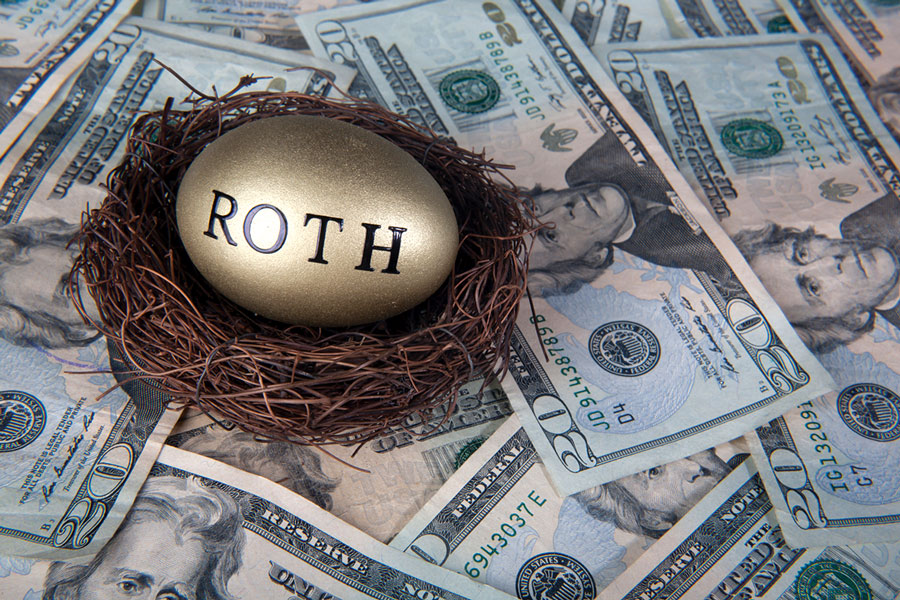Once Roth IRA funds have been held for five years and the Roth owner is 59½ years old, there are no more tax rules to know because all distributions will be tax- and penalty-free forever, including distributions to beneficiaries.
These distributions, known as "
qualified distributions," are the holy grail for Roth IRAs. The confusion sets in when converted funds are withdrawn before the five-year and 59½-year-old requirements are met.
The trick to understanding this is to know that there are two different five-year clocks.
[More: 5 reasons to keep some funds in traditional IRAs, even for Roth IRA lovers]
Clock #1: Penalty-free distributions from Roth conversions
The first five-year clock only applies under age 59½. If the account owner is already 59½ or older, this rule can be ignored. When a traditional IRA is converted to a Roth, account owners who are under age 59½ must wait five years before they can take penalty-free distributions of funds that were taxable when converted (assuming no exception to the 10% penalty applies).
We are not talking about earnings yet — only avoiding the 10% penalty on distributions of converted dollars. This five-year clock will restart for each conversion that is done.
[More: 5 things clients learned about Roth conversions this tax season]
While Roth distributions from converted funds are always tax-free (since the tax was paid when the funds were converted), they could still be subject to the 10% early withdrawal penalty. This is an anomaly in the Tax Code since normally the 10% penalty follows the taxable distribution. You generally can only have a 10% penalty on a taxable distribution.
But when converted Roth funds are withdrawn before they are held for five years, they may be subject to the penalty, even though the actual distribution will be tax-free. Another oddity that creates confusion is that, unlike traditional IRA funds, converted Roth funds can be withdrawn penalty-free even if withdrawn before age 59½ if the five-year holding rule is met.
Example
David was 30 years old in 2015. He converted his traditional IRA to a Roth in September of that year and paid taxes on the full value of the conversion.
The IRS recognizes the conversion as happening on the first day of the year, so David's holding period for the conversion began on Jan. 1, 2015. He must wait five years, until Jan. 1, 2020, before he can take penalty-free distributions of the converted assets.
If David withdraws any of these converted funds before 2020, the distribution will be tax-free but subject to the 10% early distribution penalty.
However, if David withdraws the funds in 2020, even though he will only be 35 in 2020, he will have access to his converted assets tax- and penalty-free. (Again, we are only talking about David's converted assets here — not his earnings on those converted dollars.)
[Recommended video: Ed Slott: Every adviser must master IRA withdrawal strategies]
Clock #2: Tax-free distributions of Roth earnings
The second five-year Roth clock deals with tax-free earnings. This holding period starts when the first Roth IRA account is established and does not restart for each Roth IRA contribution or conversion.
The holding period begins on Jan. 1 of the tax year for which the first dollar of any Roth IRA money is contributed, even if that first contribution was made 10 years ago and the account was emptied and closed.
Example
Sally established her first Roth IRA with a conversion in 2019, when she was 57. She must wait until the five-year holding period ends on Jan. 1, 2024, and until she is 59½ for the distribution of her earnings to be tax-free (a qualified distribution). Both qualifications must be met.
At age 59½, Sally could withdraw the entire account penalty-free. However, any earnings would be taxable as she has not met the five-year holding period.
Since she was 57 when she established her first Roth IRA, she must wait the five years to earn the benefit of tax-free earnings. However, there would be no 10% penalty on the earnings because Sally was 59½ when the funds were withdrawn.
[More: Rollovers are all bad! Use only direct transfers]
For more information on Ed Slott, Ed Slott's 2-Day IRA Workshop and Ed Slott's Elite IRA Advisor Group, please visit www.IRAhelp.com







